Richard Rogers’ Legacy: Architecture and Ethics
Richard Rogers, a pioneering and award-winning architect, left many valuable traces that we can still learn from and discover today. This Italian-born architect is widely known for his work at the Centre Pompidou in Paris and Lloyd’s of London. These two were just the beginning of his other great works later. Through all his designs, Rogers depicted his principles in defining architecture, which later became known as the high-tech movement.
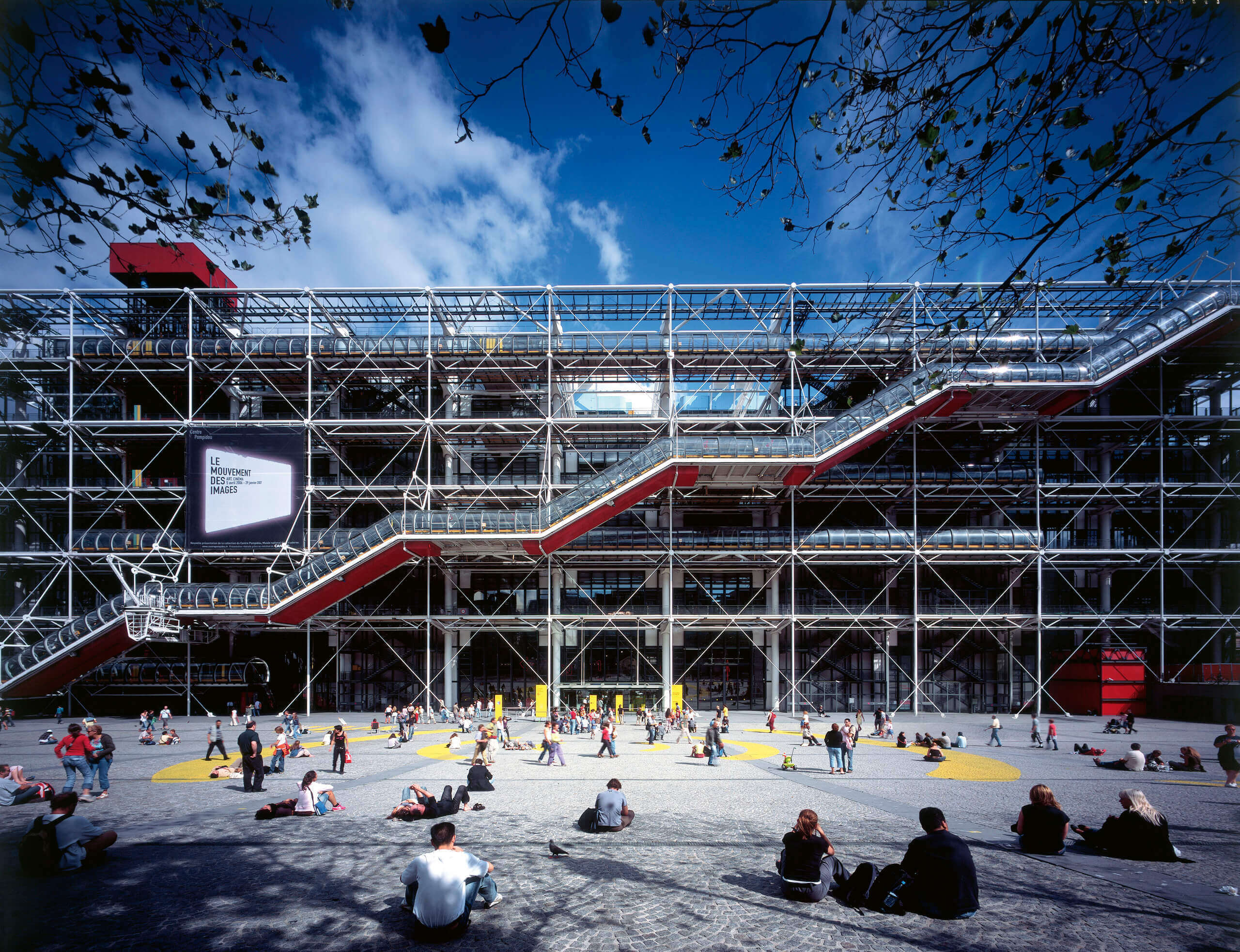 Centre Pompidou (cr: RSHP)
Centre Pompidou (cr: RSHP)
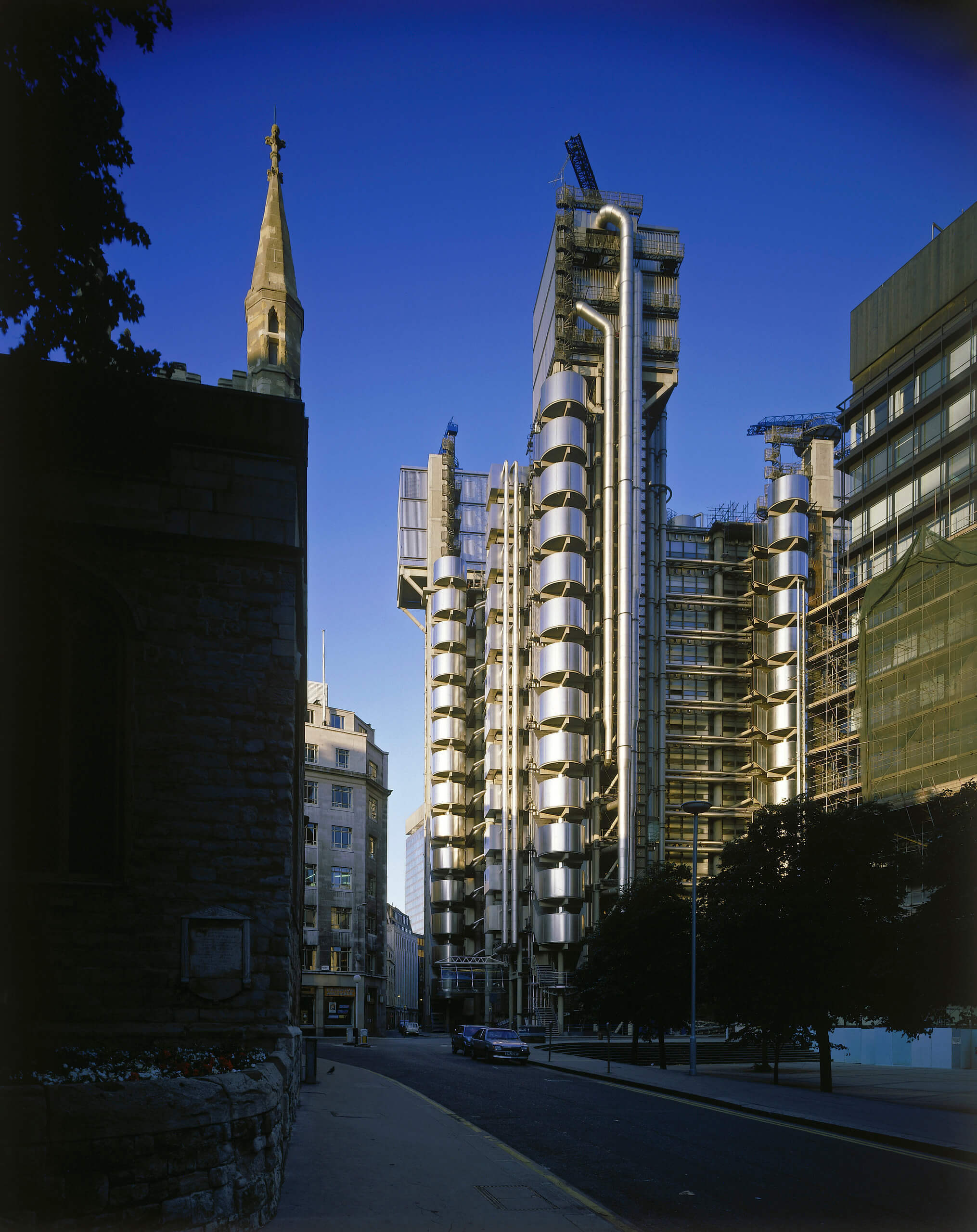 Lloyd’s of London (cr: RSHP)
Lloyd’s of London (cr: RSHP)
Observing all his architectural works, one thing he frequently did was collaborate. Rogers mentioned how fortunate he was to work with different designers, consultants, and clients in his book. One of them was Renzo Piano—with whom he collaborated on the Centre Pompidou. Rogers had known Piano for two years before working on the project in Paris in 1970. Rogers even stated that he had known about Renzo’s works even before they met, and he noticed that the two shared the same interest in lightweight, movable structures—making them a perfect match. Their win surprised everyone because, at that time, they were selected among the 681 entries while they only had 14 projects before—yes, they were unknown.
 Richard Rogers (1933 - 2021)
Richard Rogers (1933 - 2021)
After gaining an international reputation, Rogers founded the Richard Rogers Partnership in 1977 and later renamed Rogers Stirk Harbour + Partners in 2007 to recognize Graham Stirk and Ivan Harbour’s contribution for over 25 years. The change also further emphasized that their practice as architects is collaborative and their work is always collected as a team. In 2022, following the passing of Rogers as a co-founder, the firm dropped its partners’ names and rebranded to just four letters: RSHP.
 Graham Stirk, Richard Rogers, and Ivan Harbour (cr: RSHP)
Graham Stirk, Richard Rogers, and Ivan Harbour (cr: RSHP)
Beside his unquestioned architecture, Rogers was known as a man of humanity, integrity, and generosity. This might be reflected in his design, which always strives to be sustainable and thought-provoking, but it is especially visible in the systems within his firm. He and the team manifested that architectural practice is inseparable from social and economic values. They always try to ensure their work benefits society, one of which is by excluding works directly related to war or contributing to extensive pollution.
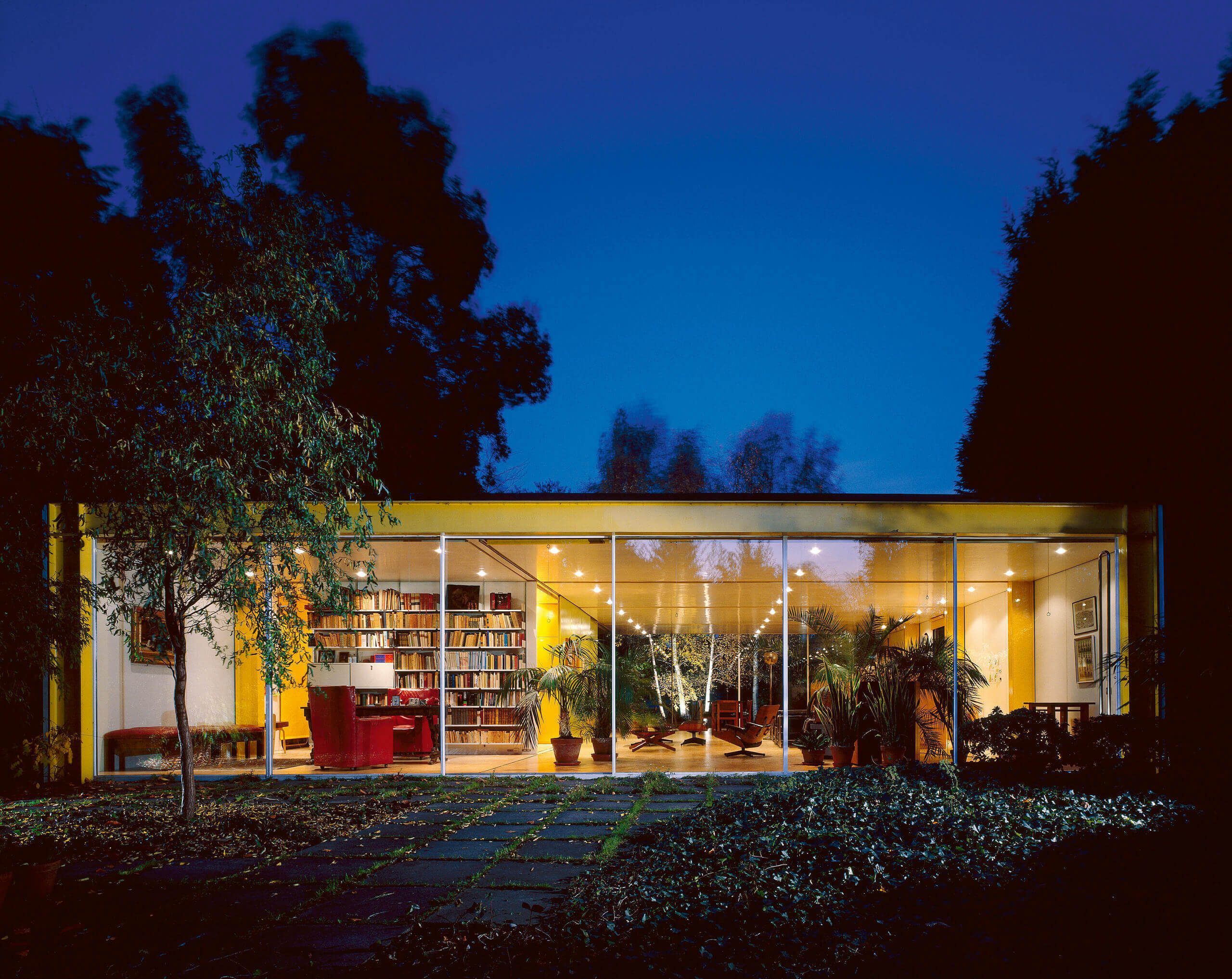 Wimbledon House (cr: RSHP)
Wimbledon House (cr: RSHP)
Additionally, the company's ownership was transferred to a charitable trust under Rogers’ direction so no individual owned shares. He expected his firm could run well in the long term by doing so. Not only is the design transparent, but the team also ensures transparency in their work system, including equitable and transparent distribution of the rewards they receive. The director’s income is also in proportion to the lowest-paid architect. Lastly, the employees distribute a percentage of the profits to charitable causes each year.
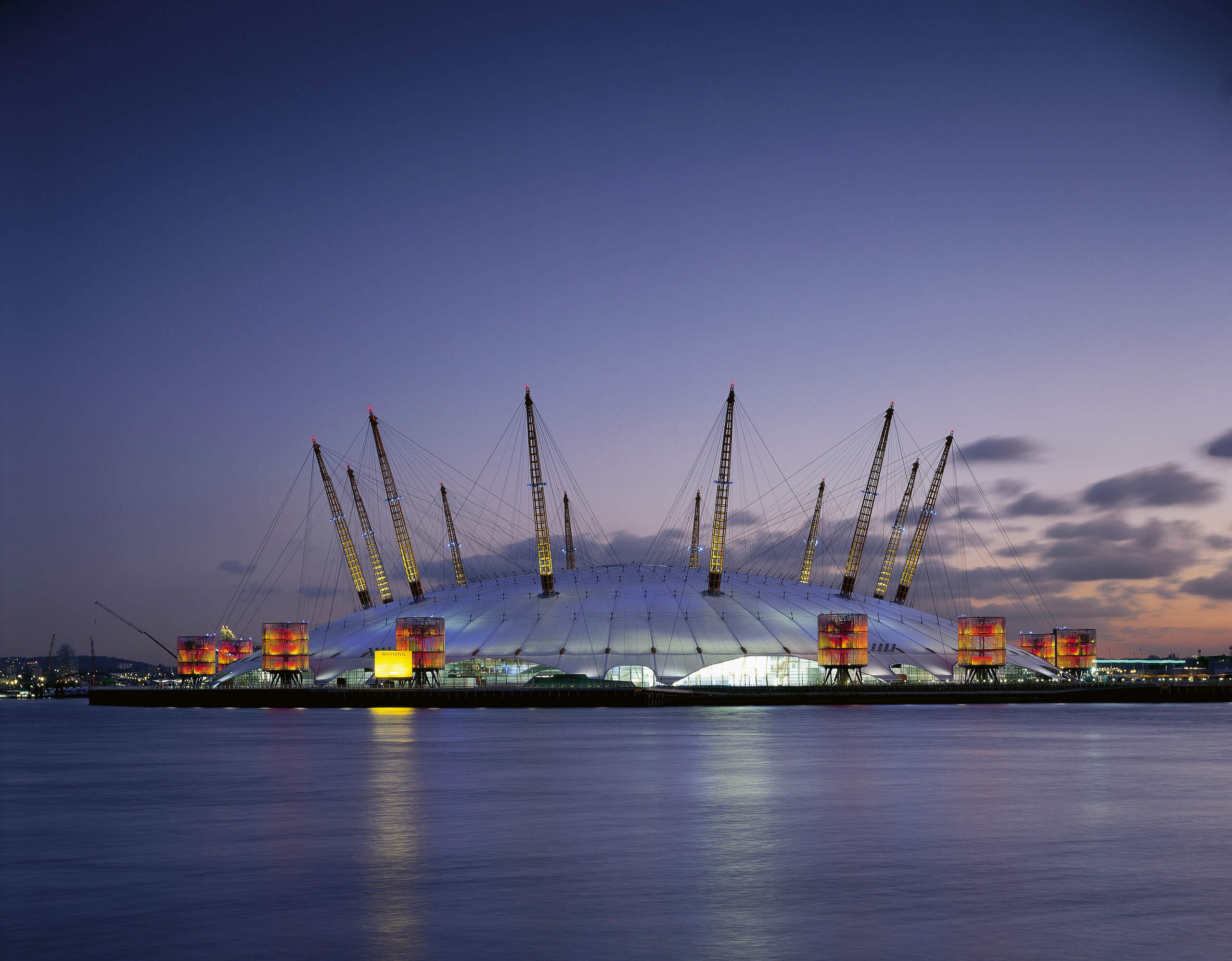 The Millennium Dome (cr: RSHP)
The Millennium Dome (cr: RSHP)
 The Richard Rogers’ Drawing Gallery, his final project (cr: RSHP)
The Richard Rogers’ Drawing Gallery, his final project (cr: RSHP)
Long before he passed away in December 2021, Rogers hoped that his ethics would continue even after his death, becoming a valuable legacy in carrying out architecture throughout his career.





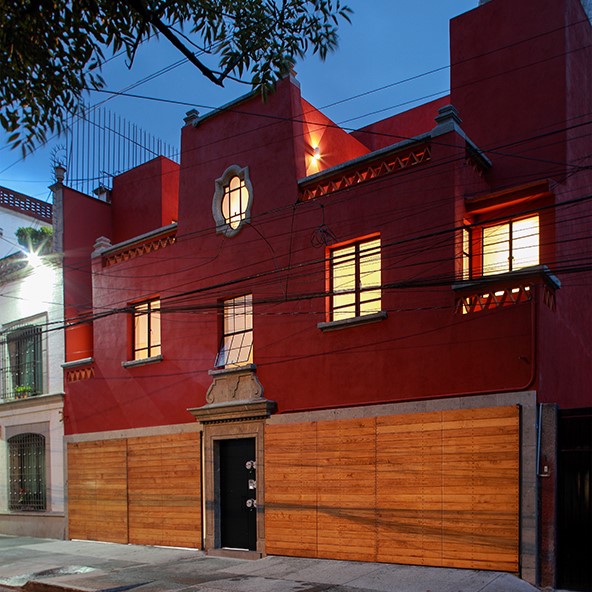




Authentication required
You must log in to post a comment.
Log in